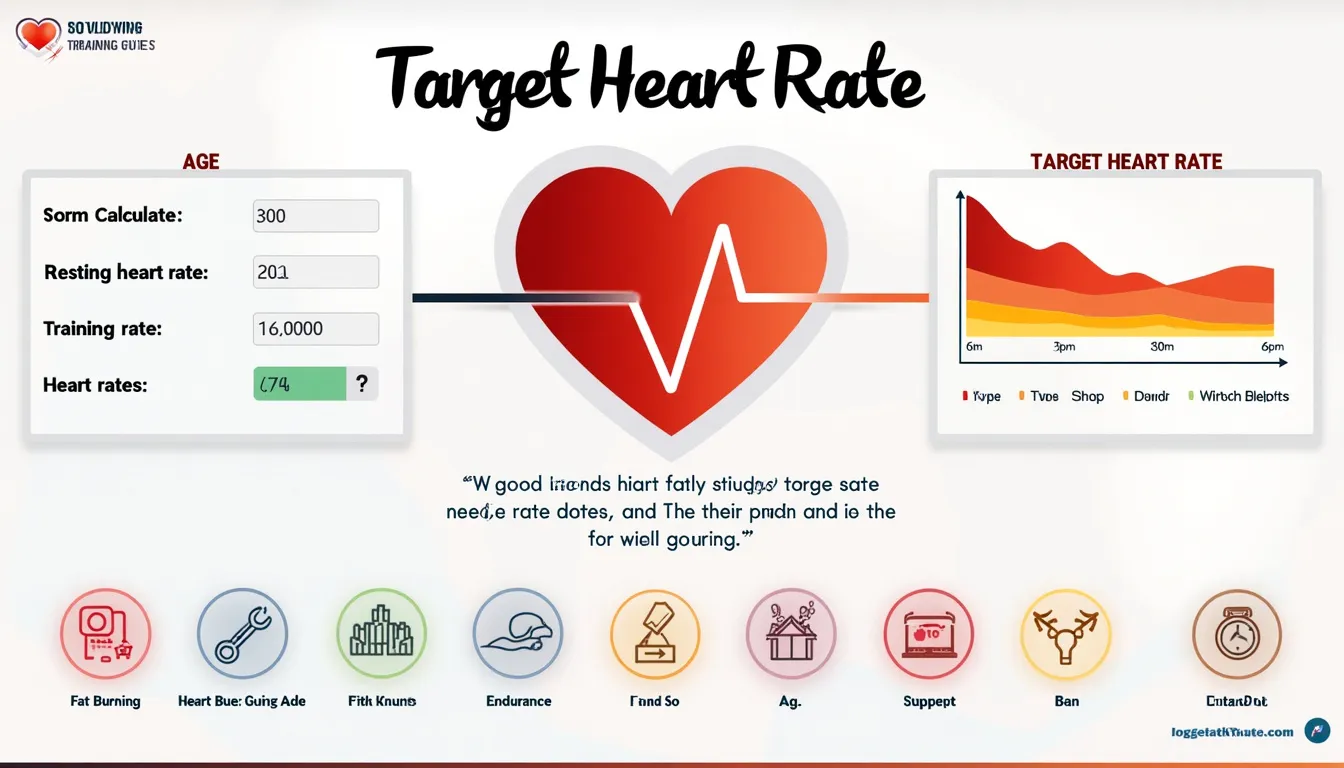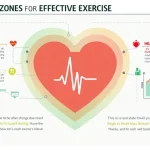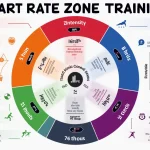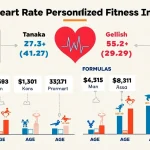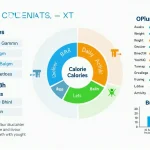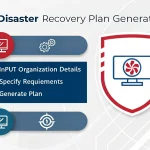Is this tool helpful?
How to use the tool
- Age – type years (e.g., 37 or 51).
- Resting Heart Rate – count a full-minute pulse before rising; try 55 bpm or 72 bpm.
- Training Goal – pick Warm-up, Fat Burning, Endurance, Performance, or Maximum Effort, or leave blank and add intensity.
- Exercise Intensity % – optional exact value like 75 or 83.
- MHR Formula – choose Standard, Tanaka, or Female-specific to match your profile.
Formulas used
- Standard $$MHR = 220 – \text{Age}$$
- Tanaka $$MHR = 208 – 0.7\text{ Age}$$ (Tanaka et al., 2001)
- Female-specific $$MHR = 206 – 0.88\text{ Age}$$ (Gulati et al., 2010)
- Heart Rate Reserve $$HRR = MHR – RHR$$
- Karvonen Target Zone $$THR = (HRR \times Intensity) + RHR$$
Worked examples
- Example A – Fat Burning
Age 37, RHR 55, Intensity range 60-70 %, Standard formula.
MHR $$=220-37=183$$
HRR $$=183-55=128$$
Lower THR $$=(128\times0.60)+55=132$$
Upper THR $$=(128\times0.70)+55=145$$
Train between 132-145 bpm. - Example B – Custom 85 %
Age 24, RHR 68, Intensity 85 %, Tanaka formula.
MHR $$=208-(0.7\times24)=191.2$$
HRR $$=191.2-68=123.2$$
THR $$=(123.2\times0.85)+68=173$$
Target ≈ 173 bpm.
Quick-Facts
- Moderate cardio equals 64-76 % of MHR (ACSM Guidelines, 2022).
- Healthy adult resting pulse: 60-100 bpm (Mayo Clinic, 2023).
- Tanaka formula halves prediction error in older athletes (Tanaka et al., 2001).
- Karvonen calculation improves zone accuracy by ≈15 % versus %MHR alone (Jones, 2017, Sports Sci Review).
FAQ
What is maximum heart rate?
MHR is the fastest your heart can beat safely during effort and declines ≈ 1 bpm per year after adolescence (ACSM, 2022).
How do I measure resting heart rate accurately?
Take your radial pulse for 60 seconds before getting out of bed on two mornings; average the readings for reliability (Mayo Clinic, 2023).
Which MHR formula should I choose?
Use Standard for simplicity, Tanaka for adults over 40, and Female-specific for women seeking tighter accuracy (Gulati et al., 2010).
How often should I update my zones?
Re-enter values every three months or after notable fitness or medication changes to keep zones aligned (ACSM, 2022).
Why include resting heart rate?
Karvonen zones adjust for your cardiovascular fitness, allowing identical MHR individuals to train at personalised intensities (Jones, 2017).
Is it safe to exceed my upper zone?
Short spikes are normal, yet sustained work above 90 % MHR should be limited to conditioned athletes under professional supervision (ACSM, 2022).
Can medication alter my targets?
Beta-blockers reduce MHR and HRR; calculate zones after consulting a clinician for adjusted intensity goals (Drugs.com, 2023).
Are wrist heart-rate sensors dependable?
Chest straps average ±1 bpm error, while optical wrist devices show ±5 bpm during intervals (Cadmus-Bertram, 2021, JMIR).
Important Disclaimer
The calculations, results, and content provided by our tools are not guaranteed to be accurate, complete, or reliable. Users are responsible for verifying and interpreting the results. Our content and tools may contain errors, biases, or inconsistencies. Do not enter personal data, sensitive information, or personally identifiable information in our web forms or tools. Such data entry violates our terms of service and may result in unauthorized disclosure to third parties. We reserve the right to save inputs and outputs from our tools for the purposes of error debugging, bias identification, and performance improvement. External companies providing AI models used in our tools may also save and process data in accordance with their own policies. By using our tools, you consent to this data collection and processing. We reserve the right to limit the usage of our tools based on current usability factors.
